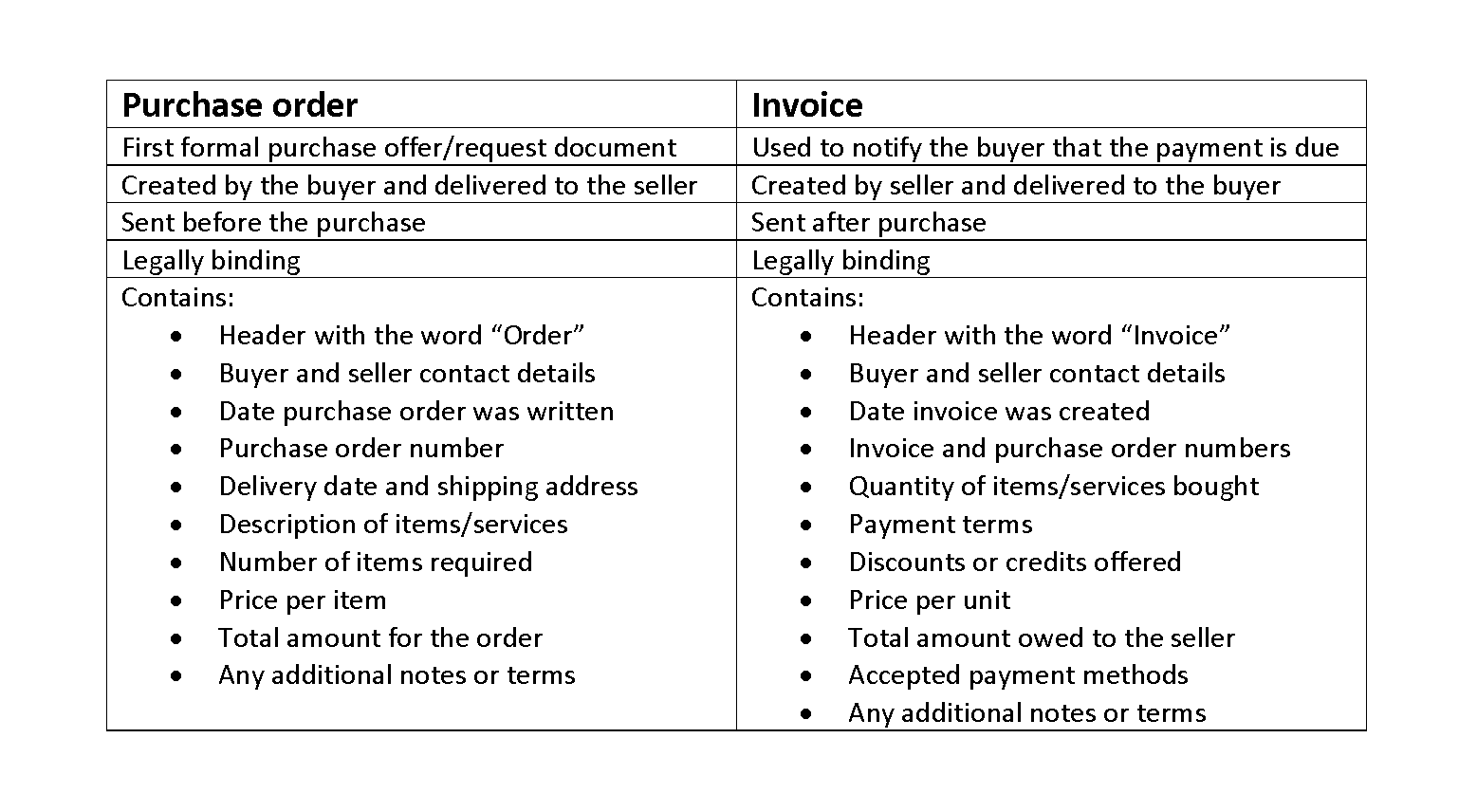
To visualize this we use the same type of report as above, but divide it into two parts. After enrolling in a program, you may request a withdrawal with refund (minus a $100 nonrefundable enrollment fee) up until 24 hours after the start of your program. Please review the Program Policies page for more details on refunds and deferrals.
- The applications vary slightly, but all ask for some personal background information.
- This analysis is used to identify any large differences in an entity’s actual and budgeted financial activity so issues can be resolved and improved.
- Also consider a Price Volume Mix analysis to improve your understanding of your business.
- Additionally, variance analysis of budgeted to actual amounts help units to determine areas in which they have over/underspent.
- This information can be used to refine forecasting techniques, improve future forecasts make adjustments to existing forecast templates, or build new ones.
- In trend analysis, the results of multiple periods are listed side by side, making it easy to detect trends.
Variance to Prior Period and Same Period Prior Year
Variance analysis highlights the causes of the variation in income and expenses during a period compared to the budget. The negative budget variance of -$2,000 indicates that the company spent $2,000 less than the budgeted amount for marketing and promotional activities. Here, the negative cost variance of -$5,000 indicates that the company has achieved cost savings of $5,000 compared to the budgeted cost for the project. This variance analysis template guides you through the process of variance analysis using the column method. The Common Size Analysis P&L Statement represents all line items as a % of a chosen metric, typically sales. This type of Income Statement is useful for benchmarking a company’s performance against industry peers of varying sizes.
- Favorable variances are defined as either generating more revenue than expected or incurring fewer costs than expected.
- By comparing the forecasted cash flow with the actual cash flow, it is easier to identify any discrepancies, enabling the stakeholders to take corrective measures.
- For specific thresholds for the current fiscal year, refer to the Fiscal Year-End Closing Checklist.
- Additionally, this section will help users and entities throughout the entire university analyze variances correctly to ensure that management can understand why variances are present within IU’s financial statements.
- For this example, assume that the number of gloves actually produced matches the budget.
The Classic Sales-vs-Plan or Costs-vs-Plan Report

By understanding the core impacts of these variances, companies can make necessary adjustments to their budgets, mitigate risks, and improve their overall financial performance. P&L (profit & loss) variance analysis is the process of comparing actual financial results to expected results in order to identify differences or variances. This type of variance analysis is typically performed on a company’s income statement, which shows its revenues, expenses, and net profit or loss over a specific period of time. Management should only pay attention to those that are unusual or particularly significant. Often, by analyzing these variances, companies use the information to put the blame on someone so he/she takes responsibility for his/her actions. The role of variance analysis, however, is more about searching for the problem so that it can be fixed and to improve overall company performance.

Forecasting: year-to-date monthly variance with end-of-year forecast
Businesses can often improve their results if they first plan their standards for their performance, but sometimes, their actual result doesn’t match their expected standard results. When the actual result comes in, Management can focus on variances from the standards to find areas needing improvement. Variance analysis refers to identifying and examining the difference between the standard numbers expected by the business and the actual income statement variance analysis numbers achieved. In simple words, variance analysis budget studies the deviation of the actual outcome against the forecasted behavior in finance. In a rapidly evolving business landscape, market uncertainties and disruptions can have a significant impact on an enterprise’s financial stability. That’s why having a robust cash forecasting system with AI at its core is essential for businesses to conduct automated variance analysis.
Sign up for latest finance stories
Adding the two variables together, we get an overall variance of $4,800 (Unfavorable). Management should address why the actual labor price is a dollar higher than the standard and why 1,000 more hours are required for production. It is similar to the labor format because the variable overhead is applied based on labor hours in this example. https://www.bookstime.com/ As mentioned above, materials, labor, and variable overhead consist of price and quantity/efficiency variances. Most companies create plans and budgets to establish benchmarks for future performance in sales, production, operations, labor, etc. The starting point of these plans and budget are usually estimated cost and revenue figures.
Related Resources
Importance and Impact of Variance Analysis
- Often, by analyzing these variances, companies are able to use the information to identify a problem so that it can be fixed or simply to improve overall company performance.
- Labour Variance occurs when the actual labor cost differs from the projected labor Cost.
- This type of Income Statement is useful for benchmarking a company’s performance against industry peers of varying sizes.
- For this reason, instead of saying positive, negative, over or under, the terms favorable and unfavorable are used, as they clearly make the point.
